nailfold capillary microscopy scleroderma You Don’t Know–But Should
nailfold capillary microscopy scleroderma You Don’t Know–But Should
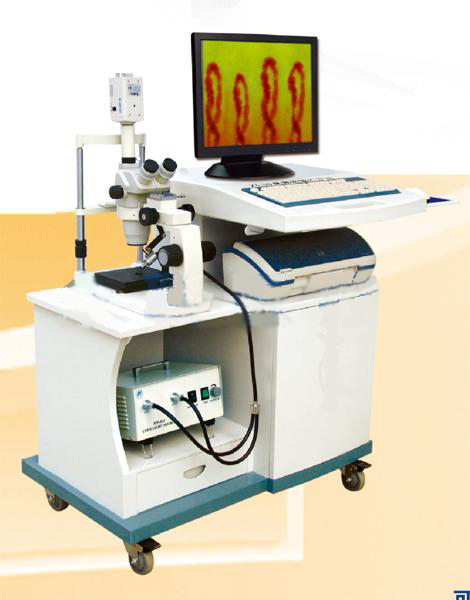
nailfold capillary microscopy scleroderma
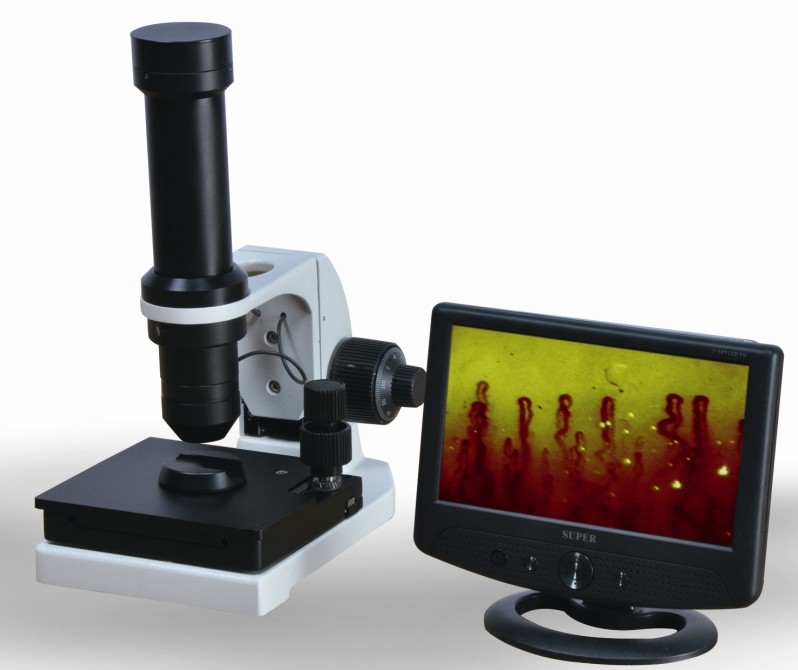
nailfold capillary microscopy scleroderma
nailfold capillary microscopy scleroderma
Scleroderma pattern of nailfold capillary changes as predictive value for the development of a connective tissue disease: a follow-up study of 3,029 patients with primary Raynaud’s phenomenon.To assess the prognostic value of scleroderma pattern of nailfold capillary changes for the development of connective tissue diseases (CTD) in subjects with primary Raynaud’s phenomenon (RP). The study included 3,029 consecutive patients with primary RP who had been followed at 6-month intervals during the mean of 4.8 years. The pathological features of nailfold capillaroscopy were recorded in all patients who had neither clinical nor serological signs of a CTD. In patients who developed CTD, capillary changes obtained 6 months prior to diagnosis were analyzed. A possible relationship between capillary changes and the presence of associated CTD was assessed. At the end of follow-up, 1,660 (54,8%) patients have still the primary RP, 246 (8,1%) had suspected secondary RP, and 1,123 (37,1%) patients developed CTD (363 undifferentiated CTD, 263 systemic sclerosis, 143 systemic lupus erythematosus, 106 rheumatoid arthritis, 102 Sjögren’s syndrome, 61 overlap syndrome, 30 vasculitides, 24 mixed CTD, 19 polymyositis, 7 dermatomyositis, and 5 primary antiphospholipid syndrome). Scleroderma pattern were significantly associated with the development of systemic sclerosis [P = .00001, sensitivity 94%, specificity 92%, positive predictive value 52%, negative predictive value 99%, and odds ratio 163 (95% CI, 97,9-271,5)], as well as dermatomyositis (P = .0004), overlap syndrome with signs of systemic sclerosis (P = .0001), and mixed connective tissue disease (P = .007). Capillary microscopy is effective method for differentiation between primary and secondary RP and useful tool for the prediction of scleroderma spectrum disorders in RP patients.
What is Portable Video Nail-fold Capillaroscope?
Portable color Capillaroscope is an advanced medical photoelectric apparatus, equipped with a special LED light source, used mainly on human nailfold capillary microcirculation of microscopic examination of dynamic perspective, USB Video Capture cards with the real-time dynamic clear indication of the microcirculation vascular morphology, flow pattern, loop weeks images, which can be right microcirculation image capture, video, surveying microvessel diameter, pipe length, velocity and other indicators and may microcirculation indicators for expert analysis and medical points, beautifully printed copies of the report alone. The apparatus is widely used for a variety of clinical diseases (such as cardiovascular, hypertension, stroke, diabetes, rheumatoid arthritis, etc.) microcirculation change occurred in the early diagnosis, prediction, the effect of judgment and prognosis of other aspects. Operation is simple, rapid, and noninvasive, without any side effects.
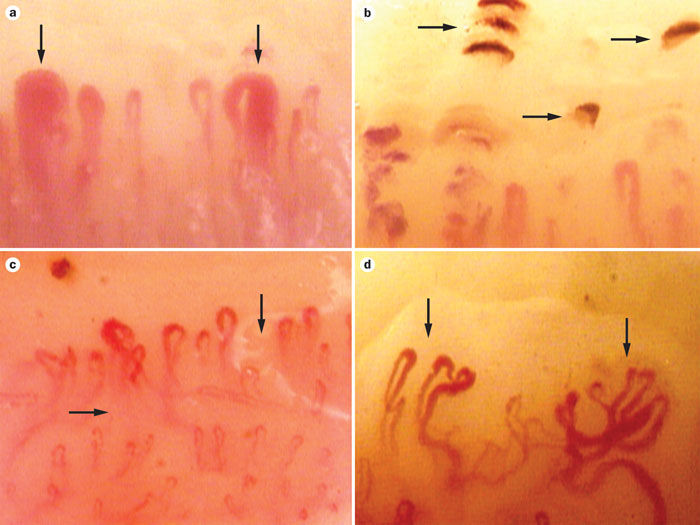
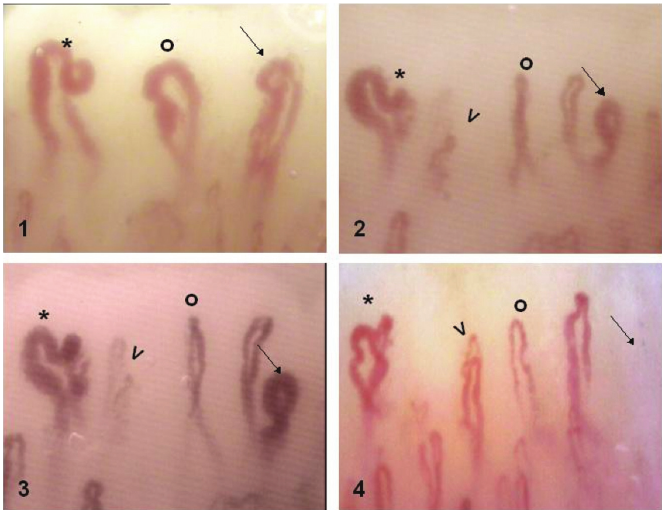
Where need use Nail-Fold Capillaroscope?
The instrument is an ideal promotion tool for beauty salon, SPA club, clinics, health examination centre, health food/nutrition suppliment/health care products shop, direct selling, massage center, etc. widely used in medicine and health products, human health, census,beauty care and other areas of human fingernails Microcirculation Detection Analysis
Role of Nailfold Capillaroscopy in the Evaluation of Patients With Interstitial Lung Disease
SESSION TITLE: Diffuse Lung Disease II
SESSION TYPE: Original Investigation Slide
PRESENTED ON: Wednesday, November 1, 2017 at 08:45 AM – 10:00 AM
PURPOSE: Distinguishing between idiopathic interstitial pneumonias (IIPs) and other types of interstitial lung diseases (ILD) such a connective tissue disease (CTD)-related ILD can be challenging. In some patients, the clinical features of autoimmunity are subtle. Abnormal capillaries on nailfold capillaroscopy (NC) predict a higher risk of CTD development and the use of NC is common in the evaluation of patients with Raynaud’s phenomenon. NC could help clinicians identify signs of CTD or autoimmune features in patients with ILD, although its clear role in the evaluation of ILD has yet to be defined. This study aims to describe the impact of NC in the evaluation of patients with ILD.
METHODS: We retrospectively identified patients with ILD seen in a tertiary care center who underwent a NC as part of their work-up. All diagnoses were established by multidisciplinary consensus according to current guidelines. Patients were categorized into 3 groups according to their final diagnosis: CTD-ILD, interstitial pneumonia with autoimmune features (IPAF) and IIP.
RESULTS: NC was performed in twenty-seven patients, 14 of whom were female (52%). There were 11 who had Raynaud’s phenomenon (41%), and the majority had positive antinuclear antibodies (89%). Mean forced vital capacity percent predicted and diffusion capacity percent predicted were 76% and 47% respectively. Morphologic capillary changes were observed in 10 patients (37%): a scleroderma pattern was found in 5 of them while the other 5 had minor capillary changes. Patients carrying a final diagnosis of CTD-ILD (40%) or IPAF (63%) were more likely to have NC abnormalities than those with a diagnosis of IIP (16%). Identification of nailfold capillary abnormalities contributed to establishing a multidisciplinary diagnosis of IPAF in all cases. There were no clinical symptoms, serologies or physiologic variables that were predictive of nailfold abnormalities.
CONCLUSIONS: In our cohort, NC contributed to the identification of subtle clinical signs of autoimmune features in patient with ILD and influenced multidisciplinary consensus diagnosis. Further, larger studies are needed to validate these findings, and to better understand the prognostic significance of NC abnormalities in patients with ILD.
CLINICAL IMPLICATIONS: In the evaluation of patients with ILD, NC could be useful to identify subtle clinical signs of autoimmune features.
DISCLOSURE: The following authors have nothing to disclose: Mathilde Bouchard-Boivin, Sandra Chartrand, Martial Koenig, France Joyal, Deborah Assayag, Julie Morisset
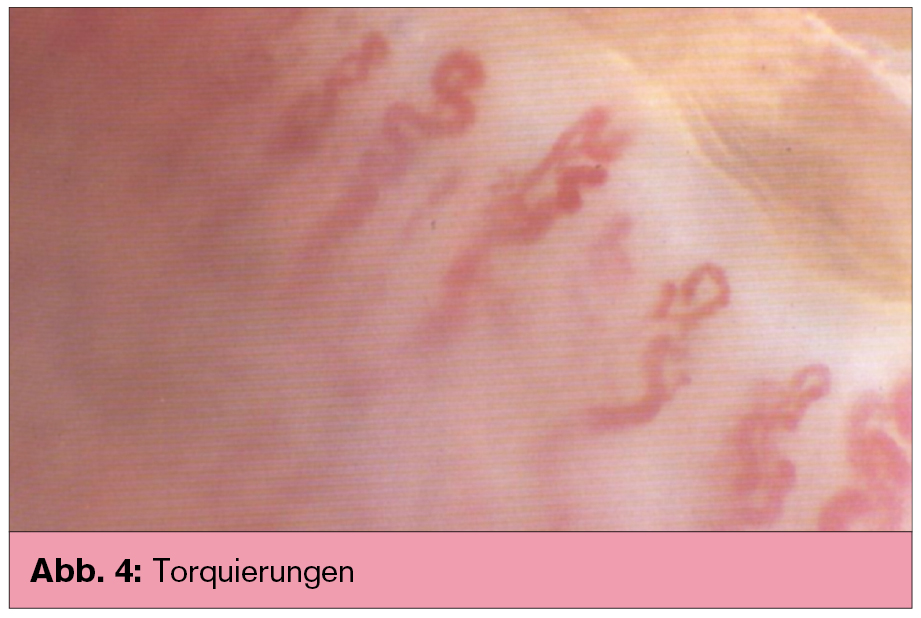
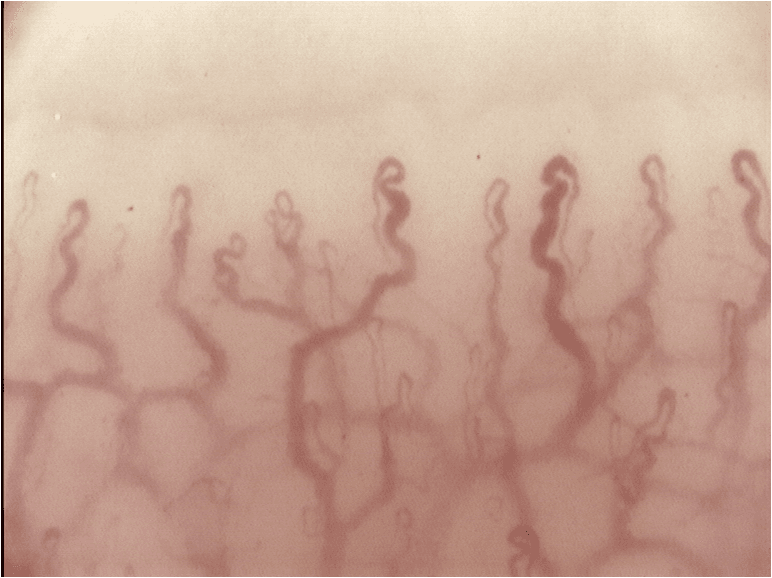
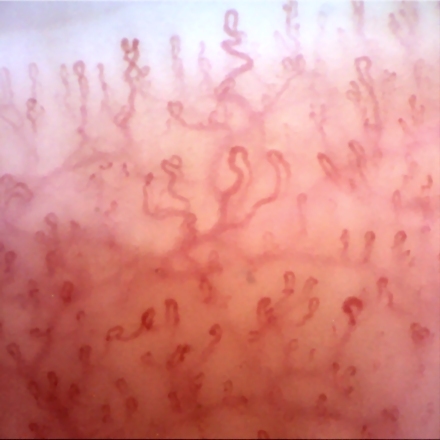
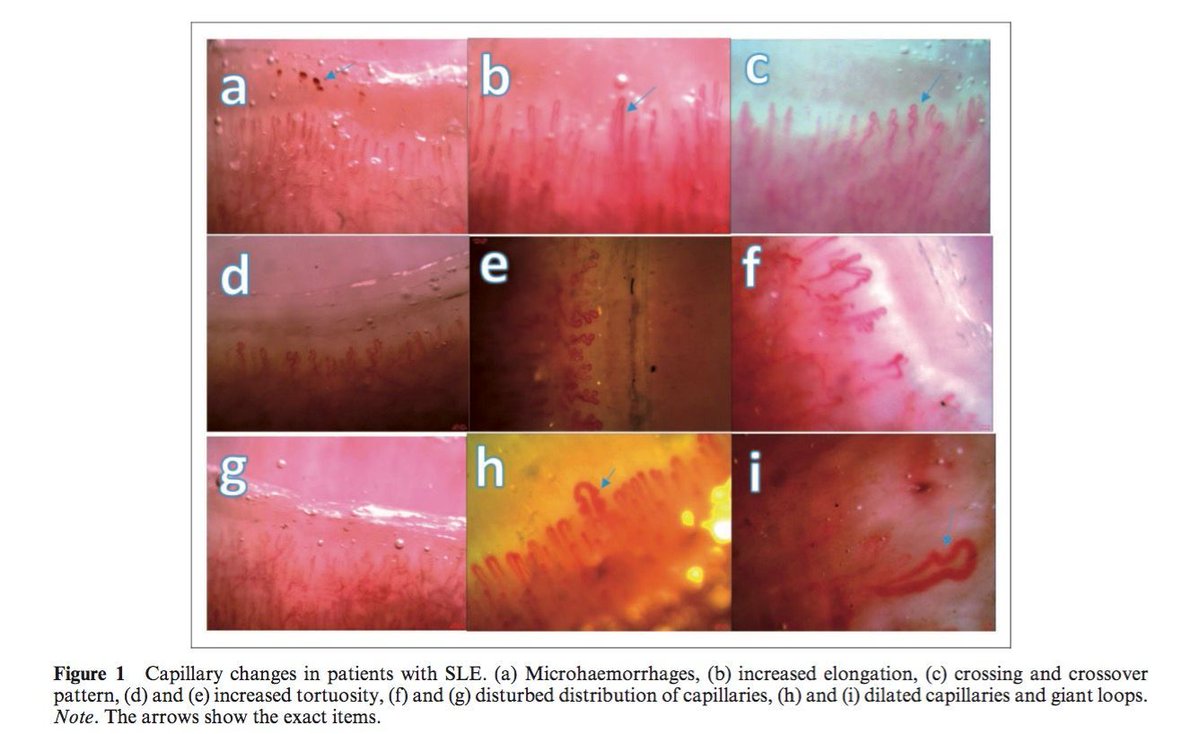
nailfold capillary microscopy pdf
how to do nailfold capillary microscopy Here’s a Quick Way to Know
nailfold capillary microscopy application
Here’s a Quick Way to nailfold capillary microscopy
skin under fingernails microscope
Related Items








